I am using UPPAAL model checker to model synchronous circuit at the gate level, I have some confusion on how I can model the clock, my goal is to verify that set-up time and hold time are not violated. I found some models giving the clock as a test vector in the appal model checker, like a t=10 for example equivalent for a rising edge and a t=20 is a falling edge , which make it looks like more like a test vector. Can anyone suggest a basic example on how to model synchronous circuit in UPAAL ?
Thank you
